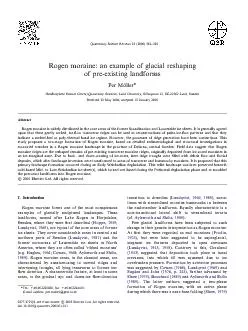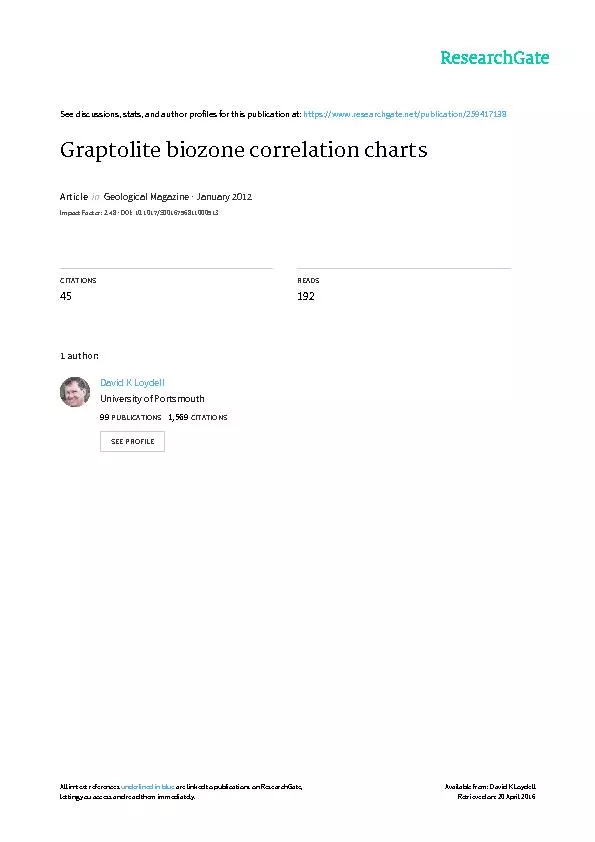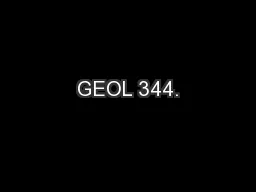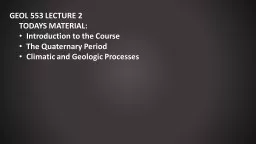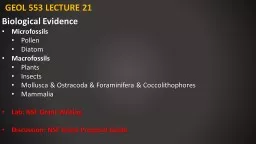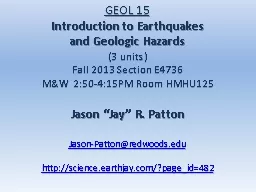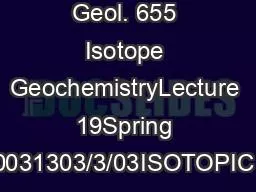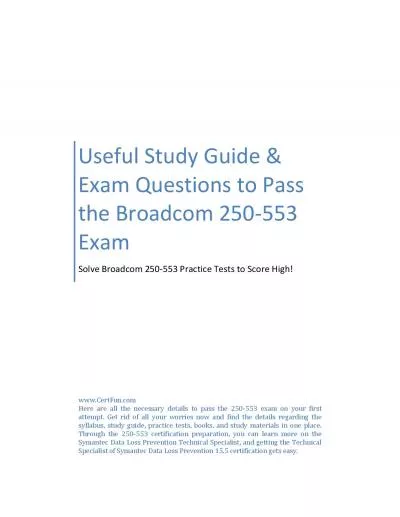PPT-GEOL 553 LECTURE
Author : alida-meadow | Published Date : 2017-05-14
16 Types of Evidence Glacial Sediments Periglacial Sediments Paleosols Aeolian Deposits Lake Level Records Cave Sediments and Carbonate Deposits Lake Sediments
Presentation Embed Code
Download Presentation
Download Presentation The PPT/PDF document "GEOL 553 LECTURE" is the property of its rightful owner. Permission is granted to download and print the materials on this website for personal, non-commercial use only, and to display it on your personal computer provided you do not modify the materials and that you retain all copyright notices contained in the materials. By downloading content from our website, you accept the terms of this agreement.
GEOL 553 LECTURE: Transcript
Download Rules Of Document
"GEOL 553 LECTURE"The content belongs to its owner. You may download and print it for personal use, without modification, and keep all copyright notices. By downloading, you agree to these terms.
Related Documents




